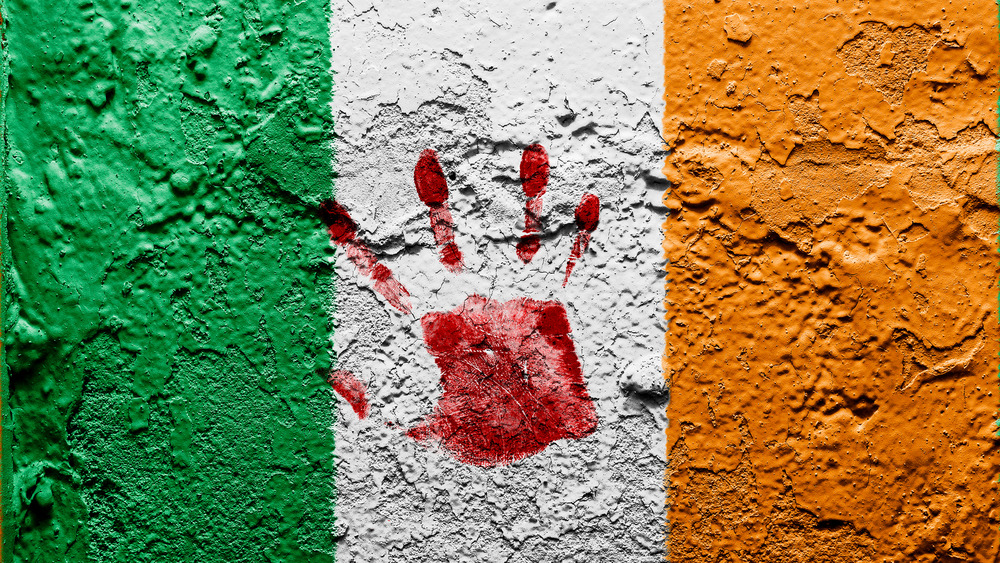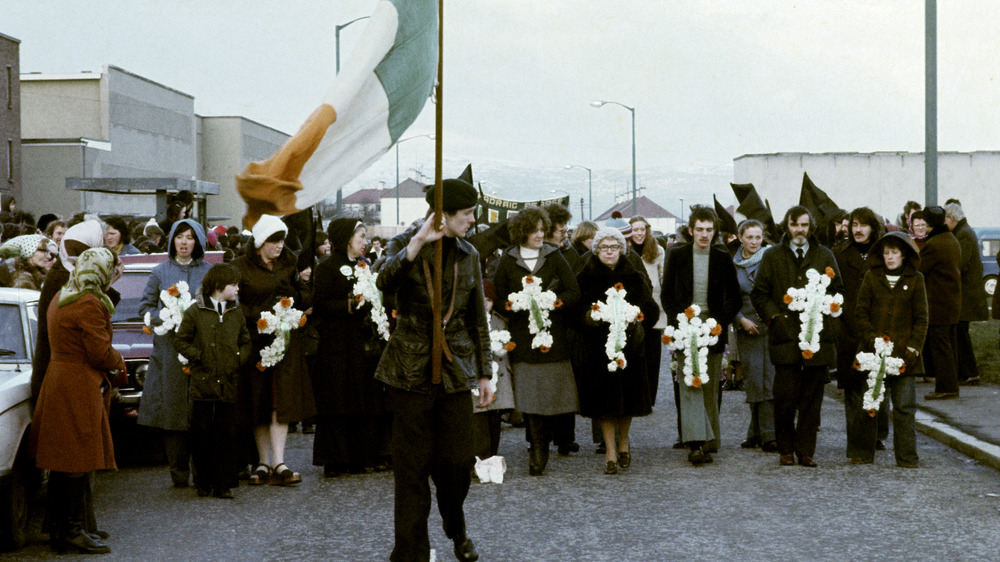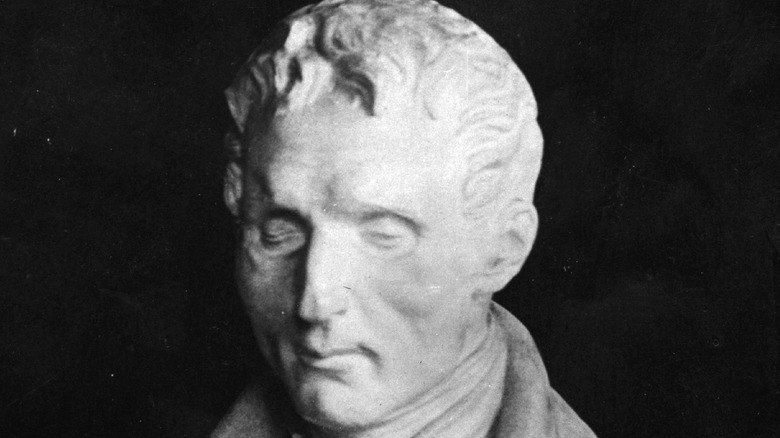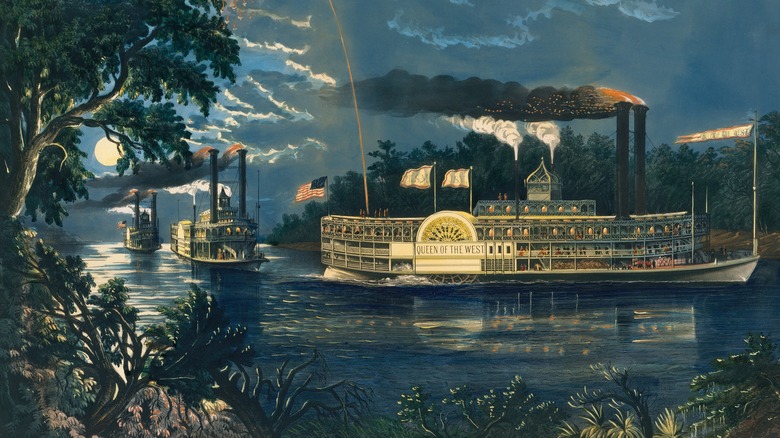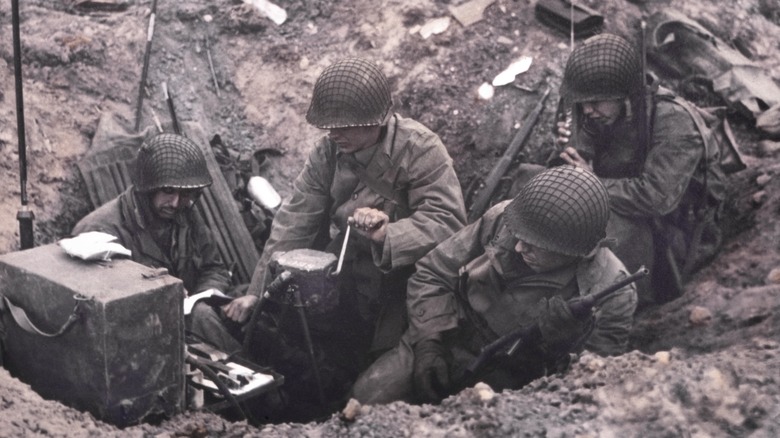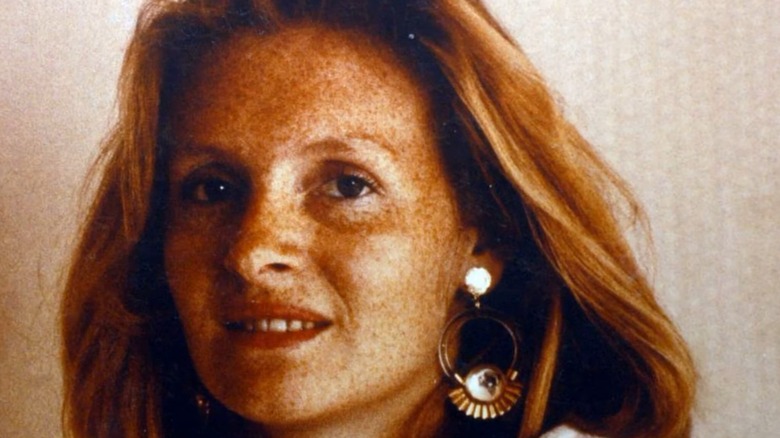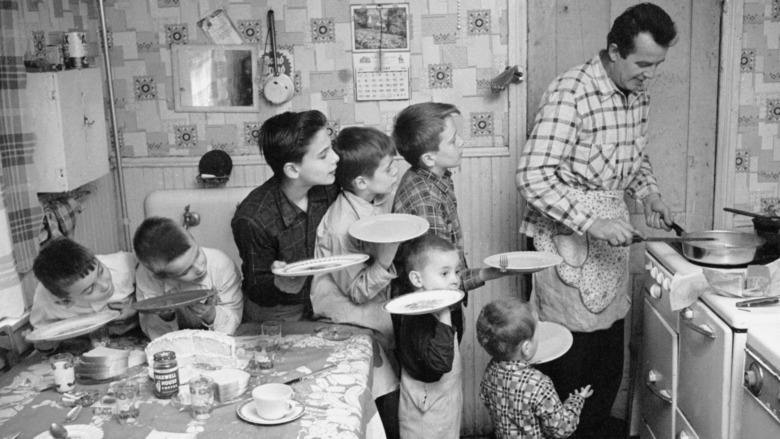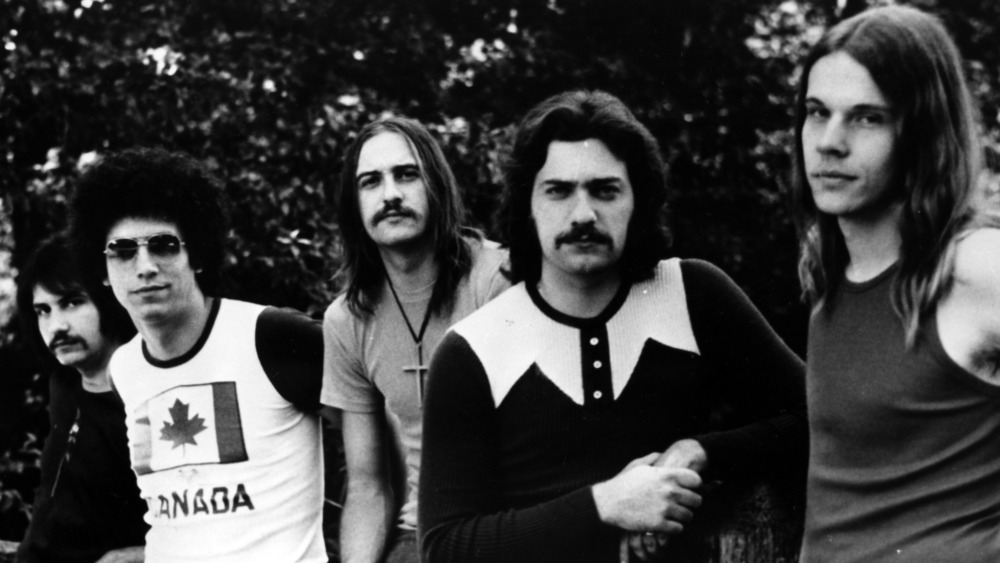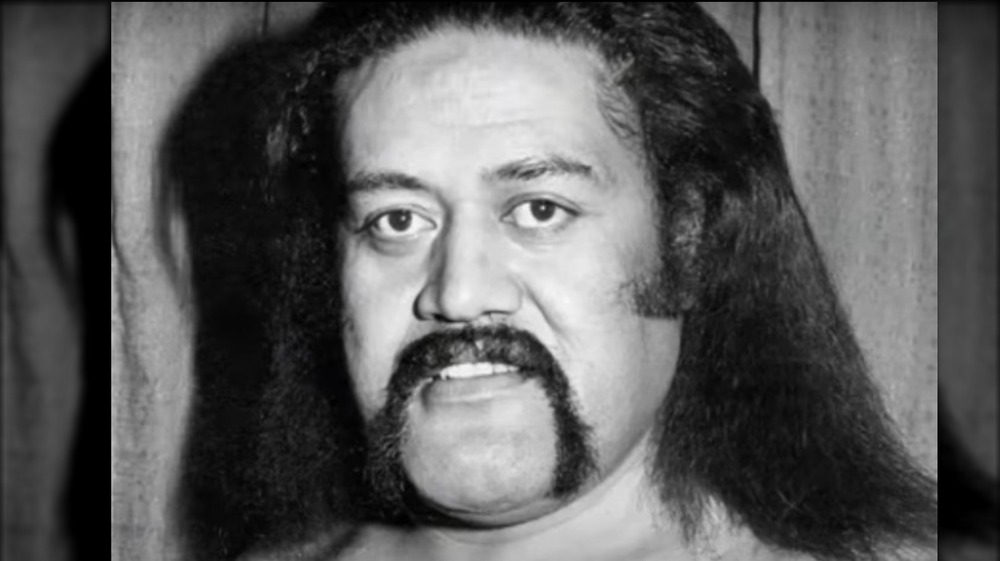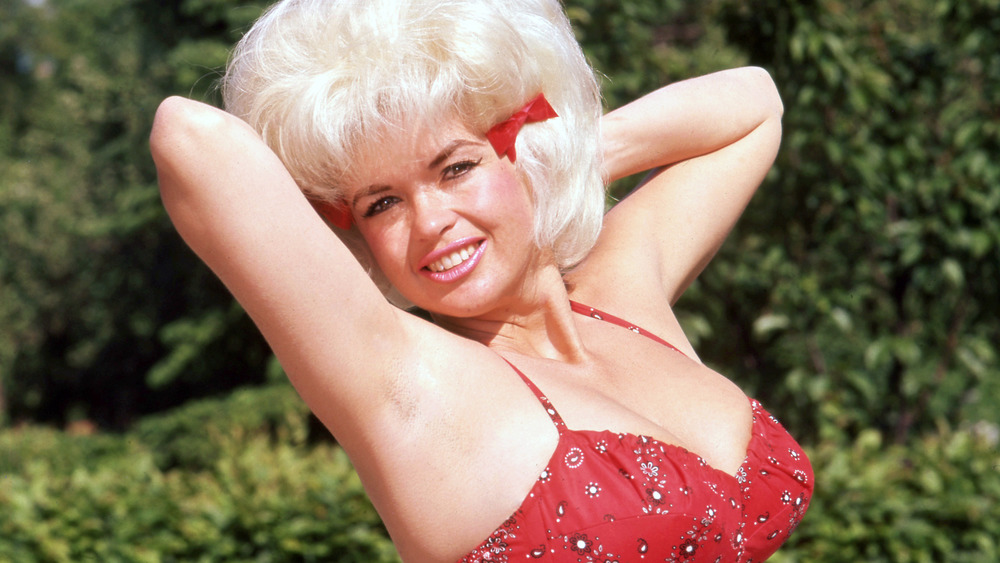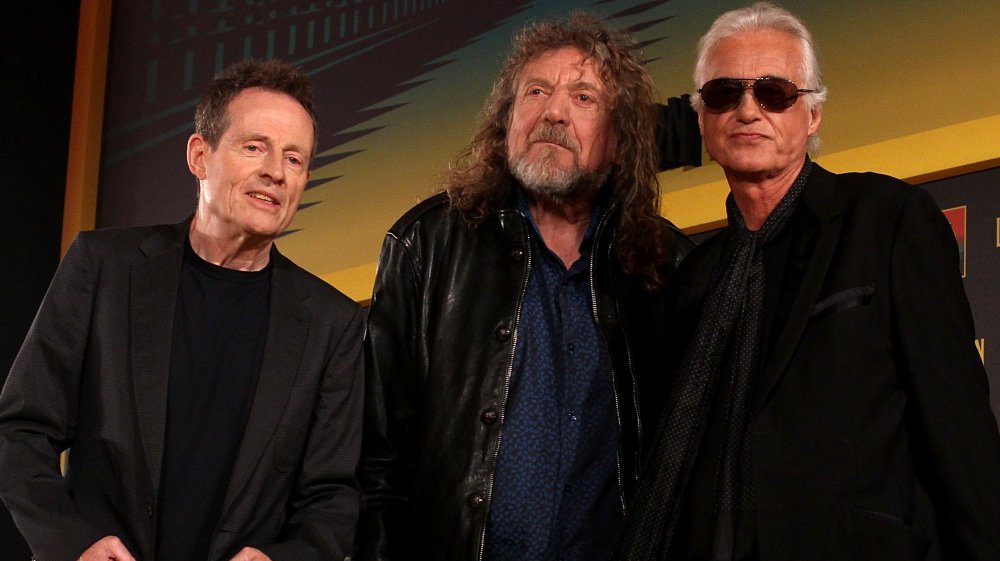
The Horrible Incident That Inspired U2’s ‘Sunday Bloody Sunday’
U2 has gone through quite a few musical phases over the course of their 40-year history. The 175-million record-selling mega-group has largely eschewed the in-your-face politics of their earlier albums, particularly 1983’s War and 1994’s The Unforgettable Fire, in lieu of the more apolitical “let’s all be peace-and-love pals” messages of albums such as 2004’s How to Dismantle an Atomic Bomb. In between they’ve gone through their own anti-pop-pop-star phase, particularly in 1993’s Zooropa and 1997’s Pop, but at their core, it’s important to remember that U2 is fundamentally an Irish band. Their entire musical oeuvre is informed by their origins as young people growing up in Dublin during a very tumultuous, violent time in Irish history.
In no song is this perspective more apparent than “Sunday Bloody Sunday” from War, an album with an incredibly iconic cover of a bloodied boy holding his hands to the back of his head, as though being arrested. “Sunday Bloody Sunday” is based on an actual event that occurred in Irish history in 1972, one in a long line of conflict that has riddled Ireland going back to its original English occupation in the 12th century. As WonderWhy explains (posted on YouTube), Northern Ireland is, to the present day, a part of the United Kingdom, while southern Ireland is a separate country, the Republic of Ireland. The south was predominantly Catholic, while the north was split between Catholics and Protestants. It’s this division in the north that drew Bloody Sunday’s battle lines.
Ireland had been embroiled in 'the Troubles' for years
“And the battle’s just begun / There’s many lost, but tell me, who has won?”
Bloody Sunday took place near the beginning of “the Troubles,” a bloody period of Irish history that lasted from 1968-1998, when, as the BBC says, the Good Friday Agreement brought relative peace back to Ireland. By the time Bono, The Edge, Adam Clayton, and Larry Mullen formed U2 in 1976, they started positing questions such as the above line from “Sunday Bloody Sunday.”
Starting in 1922, Northern Ireland had become its own self-governing region, part of the United Kingdom. In 1949 the rest of the island became the Republic of Ireland, as the BBC explains — independent, and no longer a part of the British Commonwealth. Northern Ireland was composed of six out of nine total counties in the Ulster region in the north, where the most financially successful plantations of centuries prior had taken root.
Four of these counties — the Protestant majority ones — strongly identified with the English crown and considered themselves loyalists. Among them were Antrim, Down, Armagh, and Londonderry, where Bloody Sunday occurred. The other two counties, Fermanagh and Tyrone, were Catholic majority. They identified themselves primarily as Irish, and wanted a unified, Irish country. These Catholics were subjected to economic and educational discrimination, gerrymandering, and police harassment. This is the divisive, conflicted environment that gave birth to Bloody Sunday.
British paratroopers opened fire into an unarmed crowd in Northern Ireland
“Broken bottles under children’s feet / Bodies strewn across the dead end street.”
These lines from “Sunday Bloody Sunday” depict the horror of those who witnessed the events of January 30, 1972. As History tells us, a group of 10,000 Irish-Catholic protesters gathered in Londonderry in Northern Ireland to match in opposition to the British policy of interning suspected Irish nationalists, particularly members of the Provisional Irish Republican Army (IRA). The IRA, formed in 1919, sought to use force to destabilize British control over the north, per Britannica. They and their supporters were branded as terrorists by the UK government, and by the time 1972 rolled around, tensions were high.
As the Evening Standard describes, at 4:07 p.m. paratroopers were sent to disperse the protesters, and arrest any of those who had started rioting. By 4:10, a mere three minutes later, the soldiers opened fire into the crowd. By 4:40, gunfire stopped. Twenty soldiers had expended 108 rounds, killing 13 people, and wounding 15 more. The soldiers claimed they had come under fire from the IRA, but none of the dead were armed.
In response, violence raged across the country, made worse because the British government refused to hold its soldiers accountable for any wrongdoing. The British embassy in Dublin was set on fire, and in July, the IRA detonated 20 bombs in Belfast to attack British troops. Only in 1998 would the Troubles finally stop.
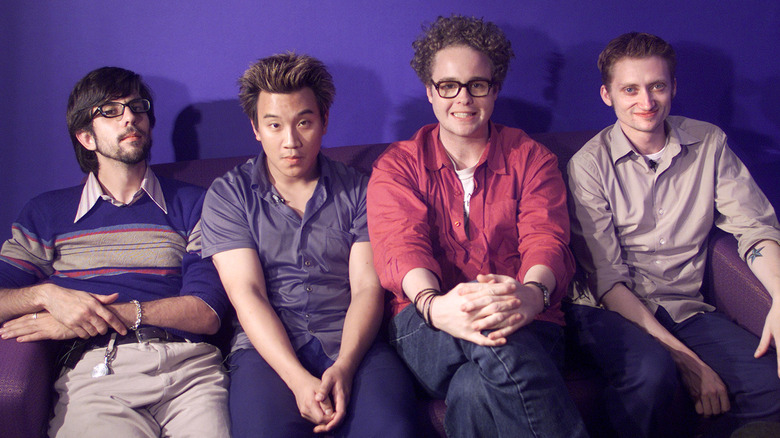
The Untold Truth Of Harvey Danger

The Truth About Carrie Fisher's Romance With Paul Simon
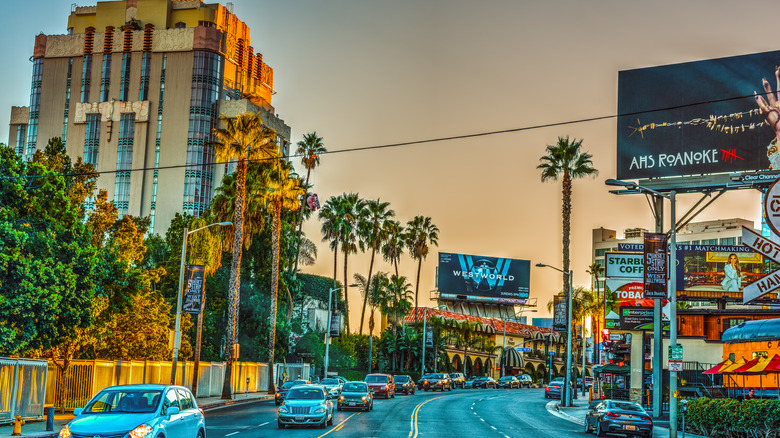
The Criminal History Behind Hollywood's Famous Sunset Strip
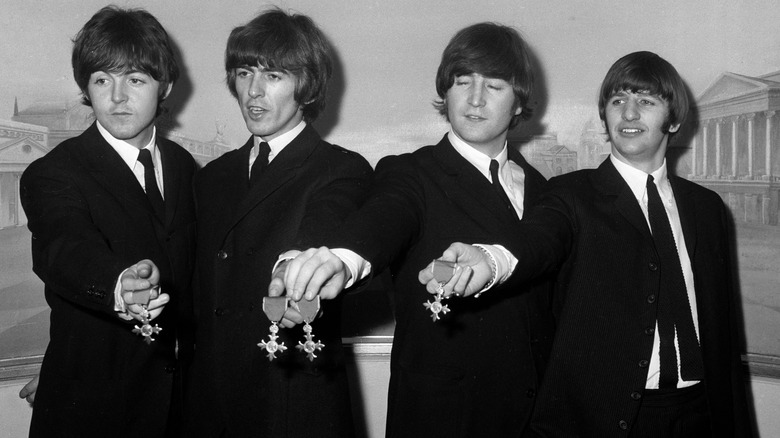
Out Of Every Beatles Album, One Stands Above The Rest
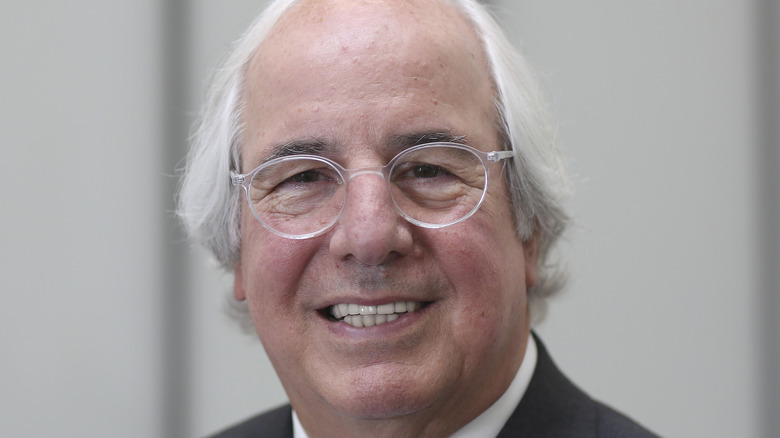
The Frank Abagnale Theory That Would Change Everything

The Tragic Real-Life Story Of Slayer
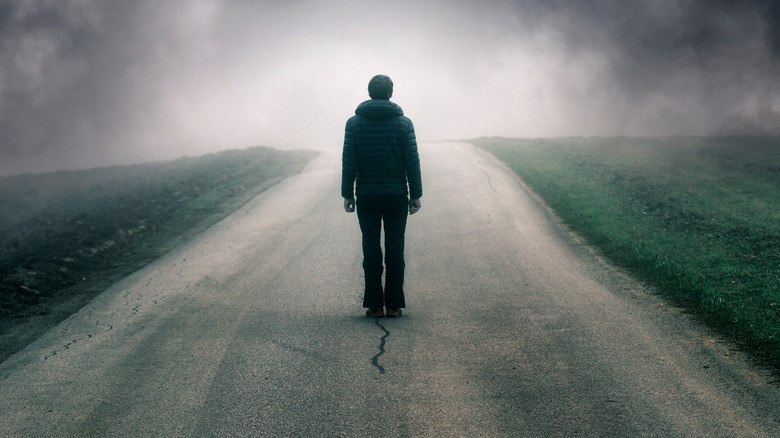
The Disturbing True Story Of The Killer Who Inspired Jeepers Creepers

The Untold Truth Of Bret Hart
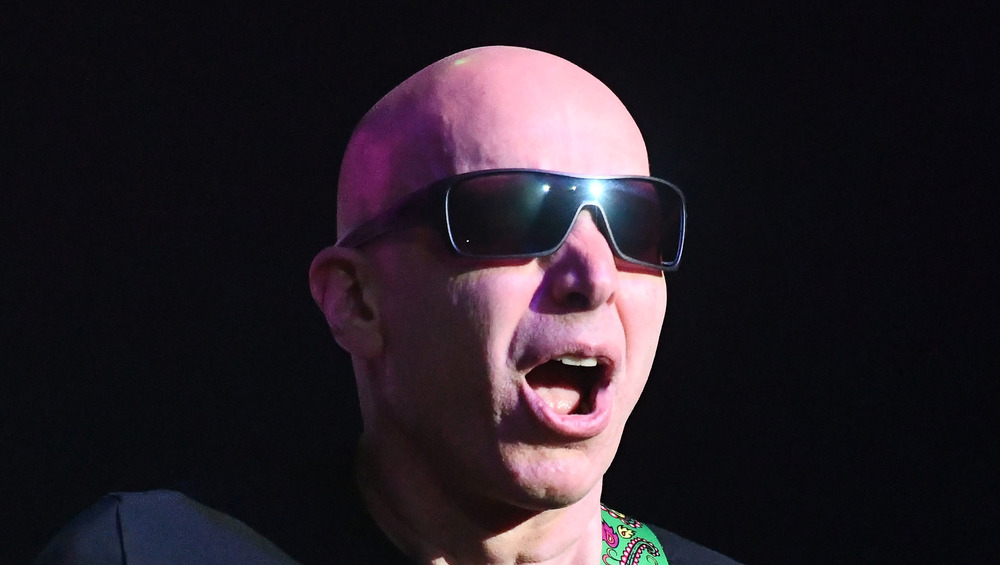
Why Joe Satriani First Rejected Deep Purple
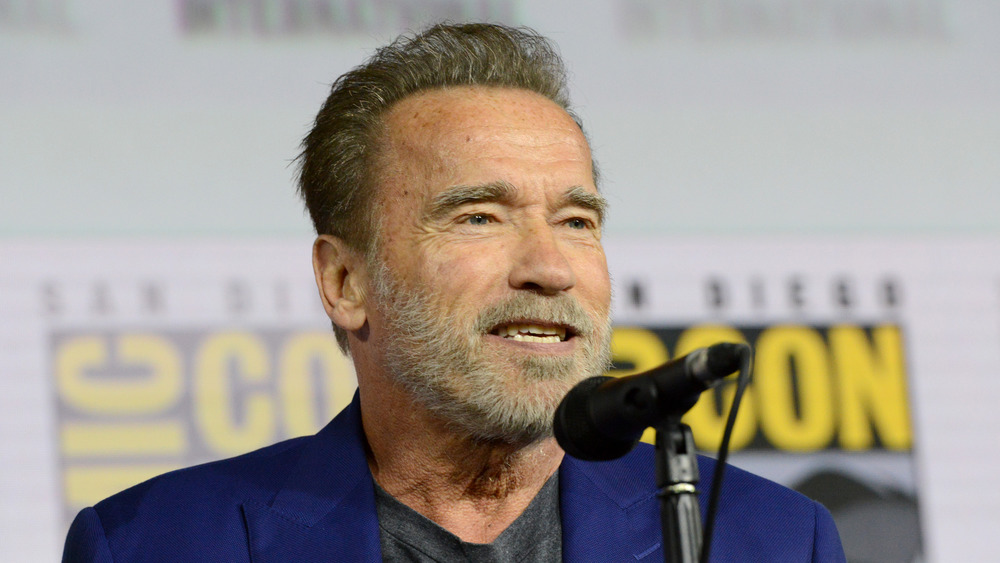
Why Arnold Schwarzenegger Was Told To Spend Time In Military Prison
